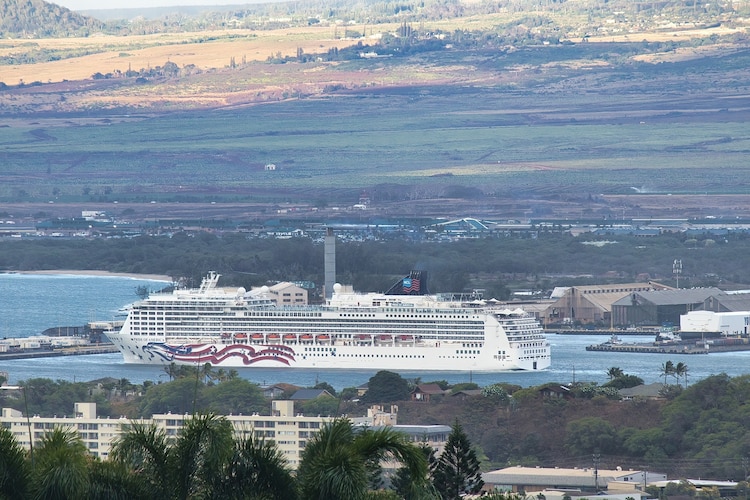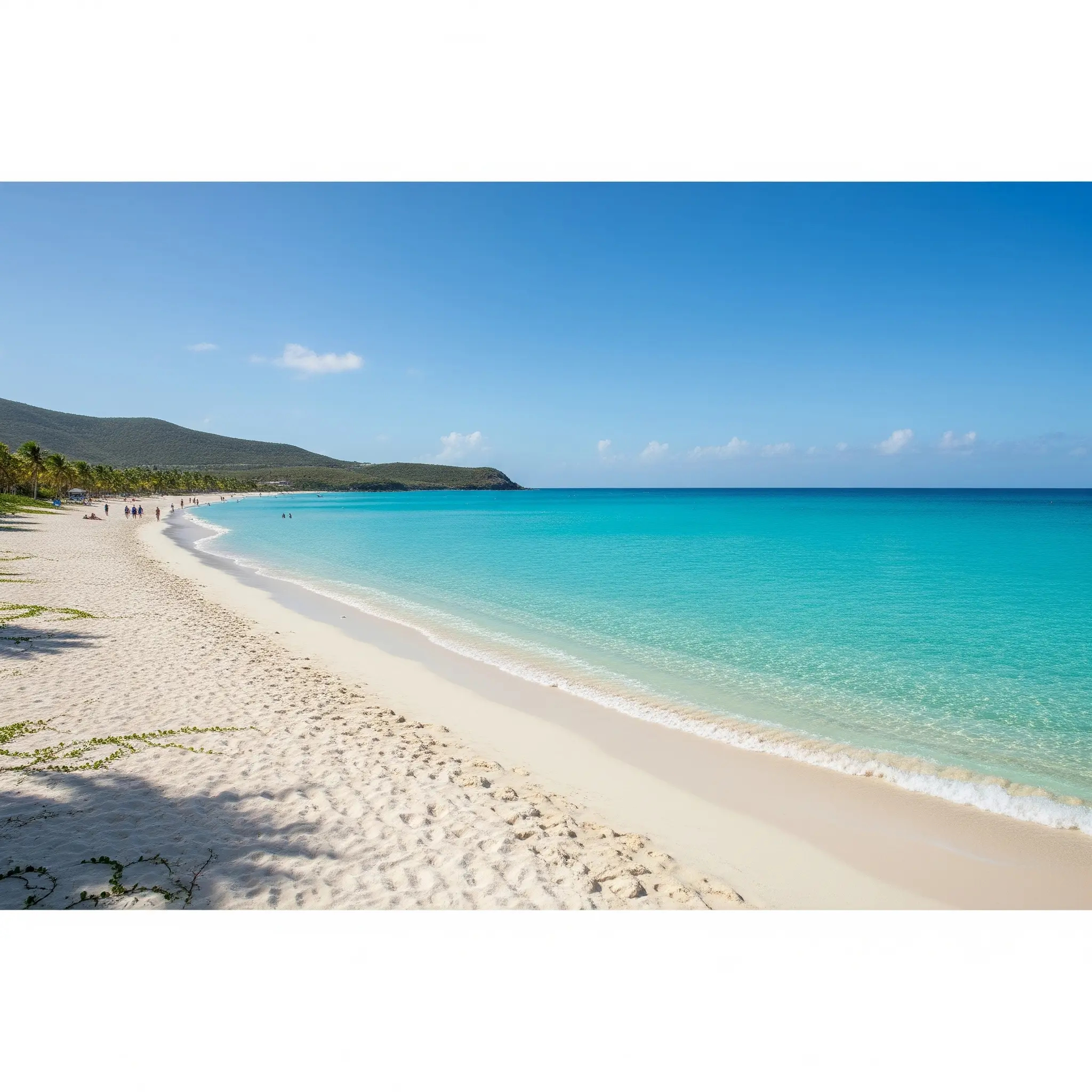
Discovering Kangaroo Island – Nestled off the coast of South Australia, Kangaroo Island stands as a testament to Australia’s rich history, diverse ecosystems, and the resilience of its communities. From its Indigenous roots to European exploration, agricultural evolution, and contemporary conservation efforts, the island offers a unique blend of past and present. This comprehensive guide delves into the island’s history, its significance to local communities, and the innovative strides shaping its future.
A Glimpse into Kangaroo Island’s History
Indigenous Heritage
Long before European explorers set foot on its shores, Kangaroo Island was inhabited by the Kartan people, an Aboriginal group whose presence dates back over 16,000 years. The island’s separation from the mainland around 10,000 years ago, due to rising sea levels, led to the isolation of the Kartan community. Evidence of their existence includes stone tools and shell middens, though they disappeared from the archaeological record between 2,000 and 4,000 years ago.
European Exploration and Settlement
In 1802, British explorer Matthew Flinders visited the island and named it Kangaroo Island. Shortly after, French navigator Nicolas Baudin mapped much of the island, leading to a blend of English and French place names across its rugged coastlines . The island saw its first European settlement in 1836 when the South Australian Company established a colony. However, the colony relocated to the mainland within four years, leaving behind a few settlers who engaged in sheep and cattle farming, wool production, and fishing.
Post-War Development
Following World War II, the Australian government initiated the Soldier Settlement Scheme, providing returned servicemen with land to farm. By 1954, the island’s population had nearly doubled, with the town of Parndana emerging as a central hub for this new farming community.
Nature and Conservation: The Island’s Ecological Heart
Kangaroo Island boasts a diverse range of ecosystems, from pristine beaches to dense forests, making it a haven for wildlife enthusiasts.
Flinders Chase National Park
Located on the island’s western tip, Flinders Chase National Park is renowned for its rugged coastlines, dense forests, and diverse wildlife. The park is home to the remarkable Remarkable Rocks and Admirals Arch, natural formations that attract photographers and nature lovers alike.
Seal Bay Conservation Park
Seal Bay Conservation Park is home to the third-largest Australian sea lion colony in the country. Visitors can join guided tours to observe these majestic creatures in their natural habitat, ensuring minimal disturbance to the colony .
Flora and Fauna
The island’s isolation has led to the evolution of unique species, including the Kangaroo Island kangaroo and the Kangaroo Island dunnart. Conservation efforts have been bolstered by the absence of common predators like foxes and rabbits, allowing native species to thrive.
Accommodation and Entertainment: Where Comfort Meets Culture
Kangaroo Island offers a range of accommodations that blend luxury with sustainability, providing visitors with memorable experiences.
Southern Ocean Lodge
Once destroyed in the 2020 bushfires, the Southern Ocean Lodge has been rebuilt with a focus on sustainable design. The lodge offers panoramic views of the coastline and provides guests with opportunities to engage in conservation activities, aligning luxury with environmental stewardship.
Cape St Albans Eco Retreat

For those seeking a more immersive experience, the Cape St Albans Eco Retreat offers eco-friendly cabins nestled in nature. Guests can partake in guided tours led by Aboriginal elders, learning about traditional foraging, birdwatching, and the rich cultural heritage of the island.
Innovation and Sustainability: Paving the Way Forward
Kangaroo Island is embracing innovation to ensure a sustainable future for its communities and ecosystems.
Renewable Energy Initiatives
In 2018, a new subsea cable was laid, doubling the island’s capacity to connect to the mainland power grid. Prior to this, studies indicated that renewable energy solutions, such as wind and solar power, could sustainably meet the island’s energy needs. While the new cable provides immediate relief, discussions continue regarding the integration of renewable energy sources to reduce dependence on external power .
Conservation Programs
Post the 2020 bushfires, extensive conservation programs have been implemented, including the eradication of feral cats to protect native species. Collaborations with organizations like WWF-Australia and citizen science initiatives such as Passport 2 Recovery have been instrumental in the island’s ecological restoration.
Planning Your Visit: Tips and Recommendations
- Best Time to Visit: The ideal months are from late spring to early autumn (November to April), offering pleasant weather and optimal wildlife viewing opportunities.
- Getting There: Ferries operate from Cape Jervis on the mainland to Penneshaw on the island. Alternatively, flights are available from Adelaide to Kingscote.
- Local Cuisine: Indulge in fresh seafood, particularly the renowned southern rock lobster, and sample local produce like Ligurian honey and wines from the island’s vineyards.
Conclusion: A Tapestry of History, Nature, and Innovation
Kangaroo Island is more than just a destination; it’s a journey through time, nature, and human ingenuity. Whether you’re exploring its historical landmarks, immersing yourself in its natural beauty, or witnessing the innovative strides of its communities, the island offers a profound experience that resonates long after you’ve left its shores. Embrace the adventure, respect its heritage, and be part of the ongoing story of Kangaroo Island.









